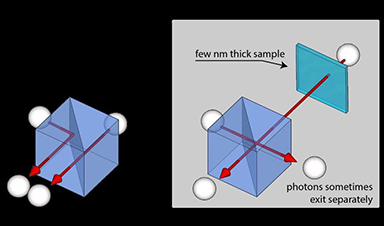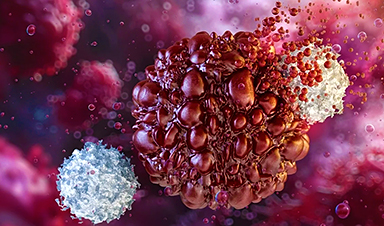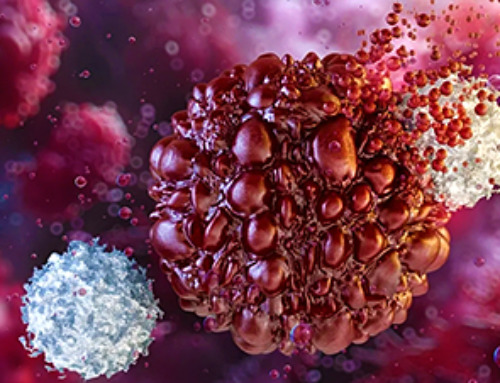The University of Warwick and QuantIC researchers at Heriot Watt University and the University of Glasgow performed a study in optical sensing, which could considerably enhance the precision of measuring nanoscopic structures.
QuantIC is part of the UK National Quantum Technologies Program and is the UK Quantum Technology Hub in Quantum Enhanced Imaging.
The researchers used pairs of photons, which are essential components of energy that make up light, to develop a method that determines the thickness of objects that are less than a 100,000th of the width of a human hair.
In the latest technique, two near-identical photons are fired onto a component called a beamsplitter and their subsequent behavior is monitored – with some 30,000 photons detected every second, and 500bn in use during an entire experiment.
Identical photons tend to ‘buddy up’ and continue to travel together – the outcome of a mild quantum interference effect. As a result of this, the team’s newly developed setup provides the same stability and precision as current one-photon methods that, owing to the equipment needed, are more expensive.
Providing a host of promising applications, such as research to better understand DNA, cell membranes, and even quality control for nanoscopic 2D materials of one atom’s thickness, for example, graphene, the latest study represents a major improvement on current two-photon techniques with up to 100 times better resolution.
Image Credit: University of Warwick
News This Week
Chernobyl scientists discover black fungus feeding on deadly radiation
It looks pretty sinister, but it might actually be incredibly helpful When reactor number four in Chernobyl exploded, it triggered the worst nuclear disaster in history, one which the surrounding area still has not [...]
Long COVID Is Taking A Silent Toll On Mental Health, Here’s What Experts Say
Months after recovering from COVID-19, many people continue to feel unwell. They speak of exhaustion that doesn’t fade, difficulty breathing, or an unsettling mental haze. What’s becoming increasingly clear is that recovery from the [...]
Study Delivers Cancer Drugs Directly to the Tumor Nucleus
A new peptide-based nanotube treatment sneaks chemo into drug-resistant cancer cells, providing a unique workaround to one of oncology’s toughest hurdles. CiQUS researchers have developed a novel molecular strategy that allows a chemotherapy drug to [...]
Scientists Begin $14.2 Million Project To Decode the Body’s “Hidden Sixth Sense”
An NIH-supported initiative seeks to unravel how the nervous system tracks and regulates the body’s internal organs. How does your brain recognize when it’s time to take a breath, when your blood pressure has [...]
Scientists Discover a New Form of Ice That Shouldn’t Exist
Researchers at the European XFEL and DESY are investigating unusual forms of ice that can exist at room temperature when subjected to extreme pressure. Ice comes in many forms, even when made of nothing but water [...]
Nobel-winning, tiny ‘sponge crystals’ with an astonishing amount of inner space
The 2025 Nobel Prize in chemistry was awarded to Richard Robson, Susumu Kitagawa and Omar Yaghi on Oct. 8, 2025, for the development of metal-organic frameworks, or MOFs, which are tunable crystal structures with extremely [...]
Harnessing Green-Synthesized Nanoparticles for Water Purification
A new review reveals how plant- and microbe-derived nanoparticles can power next-gen water disinfection, delivering cleaner, safer water without the environmental cost of traditional treatments. A recent review published in Nanomaterials highlights the potential of green-synthesized nanomaterials (GSNMs) in [...]
Brainstem damage found to be behind long-lasting effects of severe Covid-19
Damage to the brainstem - the brain's 'control center' - is behind long-lasting physical and psychiatric effects of severe Covid-19 infection, a study suggests. Using ultra-high-resolution scanners that can see the living brain in [...]














Leave A Comment